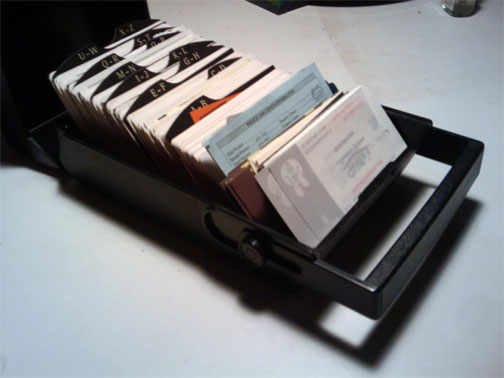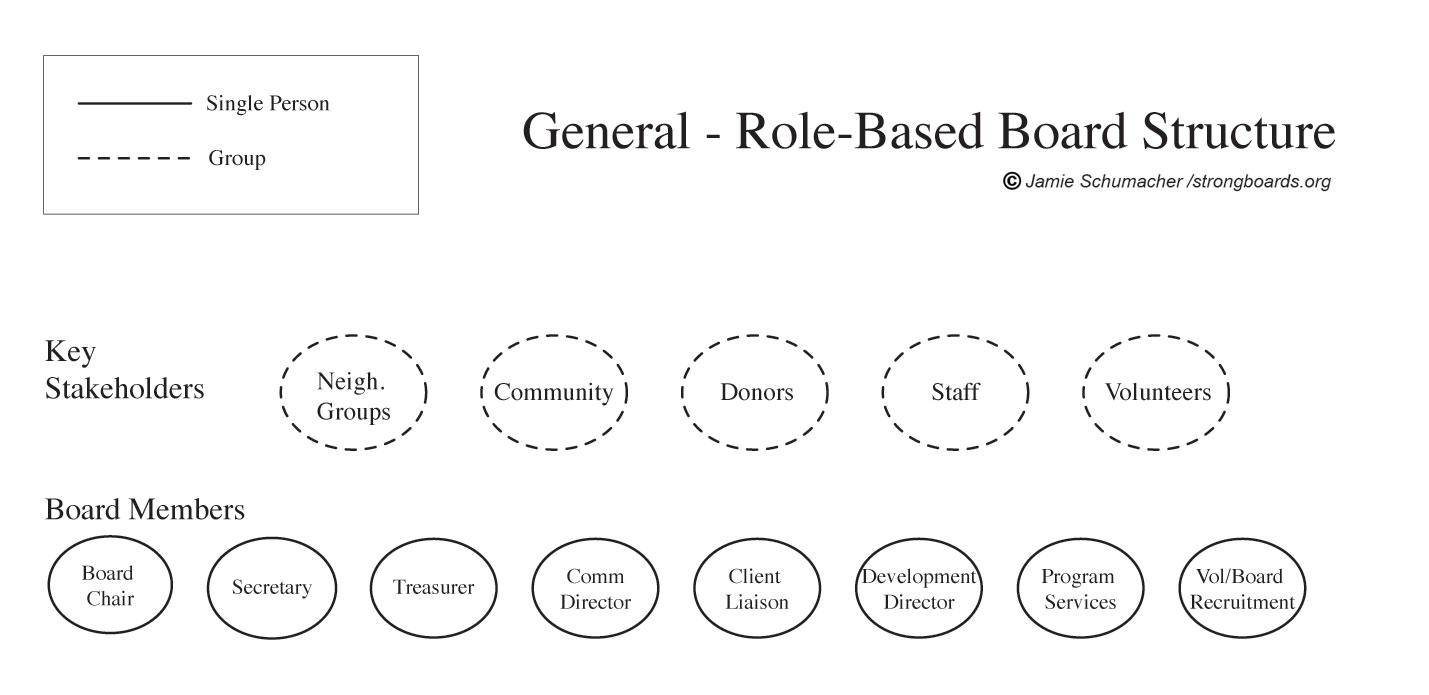———We are the music makers,
we are the dreamers of dreams
- Willy Wonka.
Some people disregard their own ideas. "I'm not that ambitious" or "I don't have what it takes to get ____ going."
I'm not sure why people are often so down on themselves - sometimes that's the biggest hurdle to get over. I sincerely think everybody has it within them to do great things, people just need to find that thing they are most motivated to do. Some of the best advice I've heard to date: "Life's not about finding yourself, it's about creating yourself." How's that for empowerment?!
With that - here are 10 tips to get your great idea off to a great start by putting some padding around the concept and fleshing out some of the details. I hope this is helpful!

Tip #1 - Brainstorm thoughts and ideas around what you want to do.
What you see above you is from a notebook of mine from almost 10 years ago. It was a page for brainstorming an exhibition about water. (The "brain" is storming... get it?? wah-wah.) I wanted to curate a show that dealt with water as a visual and contextual concept.
Do you hope to start a doggy day-care? A cooking show? Start brainstorming! Maybe you want to have a home brewery that only uses local hops, or a doggy day-care that also has obedience training built in. Let your mind wander and explore different avenues as you write, doodle, type and brainstorm in whatever way you feel most comfortable and least inhibited.
A warning: if you are easily affected by the opinions of others, take care when letting anybody in on this part of your creative process. If you're open to collaboration and not easily discouraged, have at it - some good ideas may come from the mix. If not, proceed with some caution. This is for obvious reasons, but also from personal experience. Upon seeing my "brain" storm, a friend of mine asked what I was drawing, so I shared with him my idea: an art show, in a warehouse building, with lots of sculptures and paintings by water, about water, with water! His response? "I'll believe it when I see it." Whaaaaaaaaat? I knew that I wasn't a slacker and was a very hard worker - but the discouragement from somebody so close to me was very disheartening at the time. Don't worry, I recovered. But at the time - I had absolutely no idea how to do it and was taken aback. I had no way of knowing that 10 years later, I would have curated over 50 shows along with an amazing group of people through Altered Esthetics. You never know where life will take you, so don't let "what ifs" hold up your creative process at this point.
———
Tip #2 - Do your research.
Google is your friend, so become very comfortable with it. Check out the interwebs when doing research for your idea. Is anybody already doing the same thing? Would you have a niche in the market? Is there a need or even a want for the thing you want to do? Five minutes of research may save you weeks of headache in the future. Plus, you might even be inspired or encouraged to see other folks doing similar things in other areas - but not in your own city.
———
Tip #3 - Brainstorm what your great idea will look like
You've brainstormed what your great idea would be - but what would it look like? And by this I mean - the brick and mortar concept of it. (Or, website structure, if it's an idea you have for something online.)
Will you need employees? Would you need a building with a source of water nearby? Does it have various components? When I started Ae, I also thought I would have studio space to do my own work. The gallery component became the more consuming component, but having a few related-but-not-mutually-exclusive ideas was helpful when trying things out and seeing what would stick. Think about what your idea would actually look like concretely, and that will help guide you as you begin.
———
Tip #4 - Make a list of your resources.
I like this step - make a list of all the resources you have. You probably have more than you realize! And I mean - list EVERYTHING you think of that could possibly be helpful to get your project started.
- Social networks (Online and off. Your church, college club, alumni association, neighborhood group, etc. are all potential resources.)
- Printer
- Computer
- Digital camera
- et al.
These things might not seem like much at first... after all, you already have them - but if you didn't, you'd have to get or develop them. Consider them things already crossed off your to do list!
———
Tip #5 - Make a list of resources you need.
This will go hand in hand to the other list. Jot things down here you think you might need. Did you get your little notebook or whatever organization tool you want? Does your digital camera need a new battery? Are you out of ink and paper?
Will you need to rent a space, or can you start from home? Do you need a brewery system? Do you need a private jet? (Can I come?)
If you know rough costs, include those estimates in as you go. If you move forward to creating a business plan, you'll tie some of these items to a budget and plan accordingly. For now, consider this your wish list - everything you'd possibly need to make it work.
———

Tip #6 - Make a list of contacts.
Resources of a different, more personable kind. :) Who do you know that can give you sound advice? Has anybody in your family started their own business already and seems to be doing a good job of it? (Did anybody you know fail, and may have poignant advice?)
What organizations are out there that can help you? Do you have a local business association? Does your local chamber of commerce give courses in starting a business? Make a list of people you know that could be helpful and another list of places and people you need to meet or go.
In Minnesota, we're lucky to have quite a few good organizations and resources for folks starting a business:
- The Northeast Community Development Corporation, where I also work, has small business planning services and offers free small business consultations. necdc.org
- The Metropolitan Consortium of Community Developers has loans and other assistance for small business startups. (It's through MCCD we offer free small business consultations!) mccdmn.org
- The Minneapolis Chamber of Commerce has networking and workshop opportunities for businesses of all sizes: minneapolischamber.org/
- The Minnesota Department of Employment and Economic Development has a variety of resources - from management to registration to taxes: positivelyminnesota.com/Business/Starting_a_Business/index.aspx.
Point being - there are TONS of resources out there to help you, more than ever before. You just have to take the time to look for them, find the right ones, and connect.
———
Tip #7 - Make a rough time line.
Okay so - how long is this idea going to take, really? Map out a rough guess in your time line.
For example, if you're starting a nonprofit, be aware that the processing for nonprofit applications can take as long as a year. However, that doesn't mean you necessarily need to hold up the rest of the process. Figure out when you can do what - especially if you're juggling this work around another job. When should you get your website up? When should you register your business? Maybe you need a special license before starting. Making a rough time line will help you meet deadlines and stay on track. It will also keep you from missing important registration deadlines and/or seminars, if you've got those things on your list to do.
———

I'm better with spreadsheets than I am with drawing,
but it still helps me to get ideas down on paper.
Tip #8 - Take a long hard look at yourself: what are your strengths and weaknesses?
I mentioned in my last post that my mentor told me “great leaders aren’t people that can do everything – great leaders know their weaknesses well and put in place people that can make their team complete.” After putting this in place in several instances myself, I couldn't agree more.
Do you procrastinate? Do you have a learning disability? There are tools, people to help, and online resources too. If you lack funds and that's an area to address, there are even ways to do things without a serious amount of investment capital. (You just have to start smaller and work your way up.)
Build up your weak areas as much as possible, and elicit help as needed. Mainly - just keep an eye out for areas you know you struggle with. If you're horrifyingly bad at accounting, maybe the first person you wind up hiring is somebody to help with the books. But make that list RIGHT NOW before you really get things going; if you're most aware of your weaknesses, they should never consume you.
And don't sell yourself short on the "strengths" part, either! Maybe you're fantastic with web development and have a knack for social networking. Use your strengths to your advantage (and keep the list of resources you made in mind when you do this!)
———
Tip #9 - Make a list of action items
Tied in with your timeline, what are you action items or the things on your to-do list. This is YOUR project, nobody is going to move it for you. What do you need to do to get it going?
- Research grants
- Scout rental locations
- Create a budget
- Start a website
- Talk to Ms. Somebody
- Get a camera
Once you have your list, keep referring to it periodically and adding things as necessary as you move forward. I myself keep a larger master long-term list and make new, smaller lists weekly. Just keep your momentum going!
———
Tip #10 - Daydream
So... beyond brainstorming, what if your business takes off? What if? Let's let the mind wander for a bit here...
What is the WORST possible thing that could happen? I'm guessing the odds are that the payoff might be big, and failure could be minimized. Unless your dream is to start a D.I.Y. science lab and your idea LITERALLY explodes before you, odds are good nobody will lose their homes or die because your idea didn't come to fruition (or took a wrong turn.) So... don't be scared to put in the effort.
What is the BEST possible scenario that could happen? Could maybe make a living from doing what you love someday? Could you create jobs for other people when new jobs are sorely needed? Could you invent the next post-it note? Could you create a sustainable resource for the community? Could you have thousands of kitchens across the world cooking YOUR recipes?
If you limit yourself for any reason, don't let it be because of fear. "Nobody ever died from failure." Your great idea is worth the best shot you can give it, so go for the gusto!
———
So! There you be. 10 tips to get your idea off to a powerful start.
- Brainstorm thoughts and ideas around what want to do.
- Do your research.
- Brainstorm what your great idea will look like
- Make a list of resources you have.
- Make a list of resources you need.
- Make a list of contacts.
- Make a rough time line for yourself.
- Figure out your strengths and weaknesses.
- Make a list of action items.
- Daydream!
Those of you that are in the midst of pursuing your dream, I'm curious: what was something you did early on that was invaluable? Did you get insight from a family member? Is there some sort of story you would like to share? Please share your thoughts in the comments below!
____
This post is part of an ongoing series. The first post, "Ten suggestions for keeping your sanity while pursuing your dream" can be found at: www.purenoumena.org/blog/?p=2620.



 Adorable beasties,
Adorable beasties, three beautiful and talented (yet fun and goofy) nieces,
three beautiful and talented (yet fun and goofy) nieces, chickens with feathery feet,
chickens with feathery feet, a wonderful fiance who has spent a lifetime being kickass,
a wonderful fiance who has spent a lifetime being kickass, Ae friends that always make me laugh,
Ae friends that always make me laugh, a great job with the BEST coworkers,
a great job with the BEST coworkers, fantastic friends, rock band, and costumes,
fantastic friends, rock band, and costumes, aaaand last but certainly not least... an amazing / amazingly hysterical family -
aaaand last but certainly not least... an amazing / amazingly hysterical family -








































